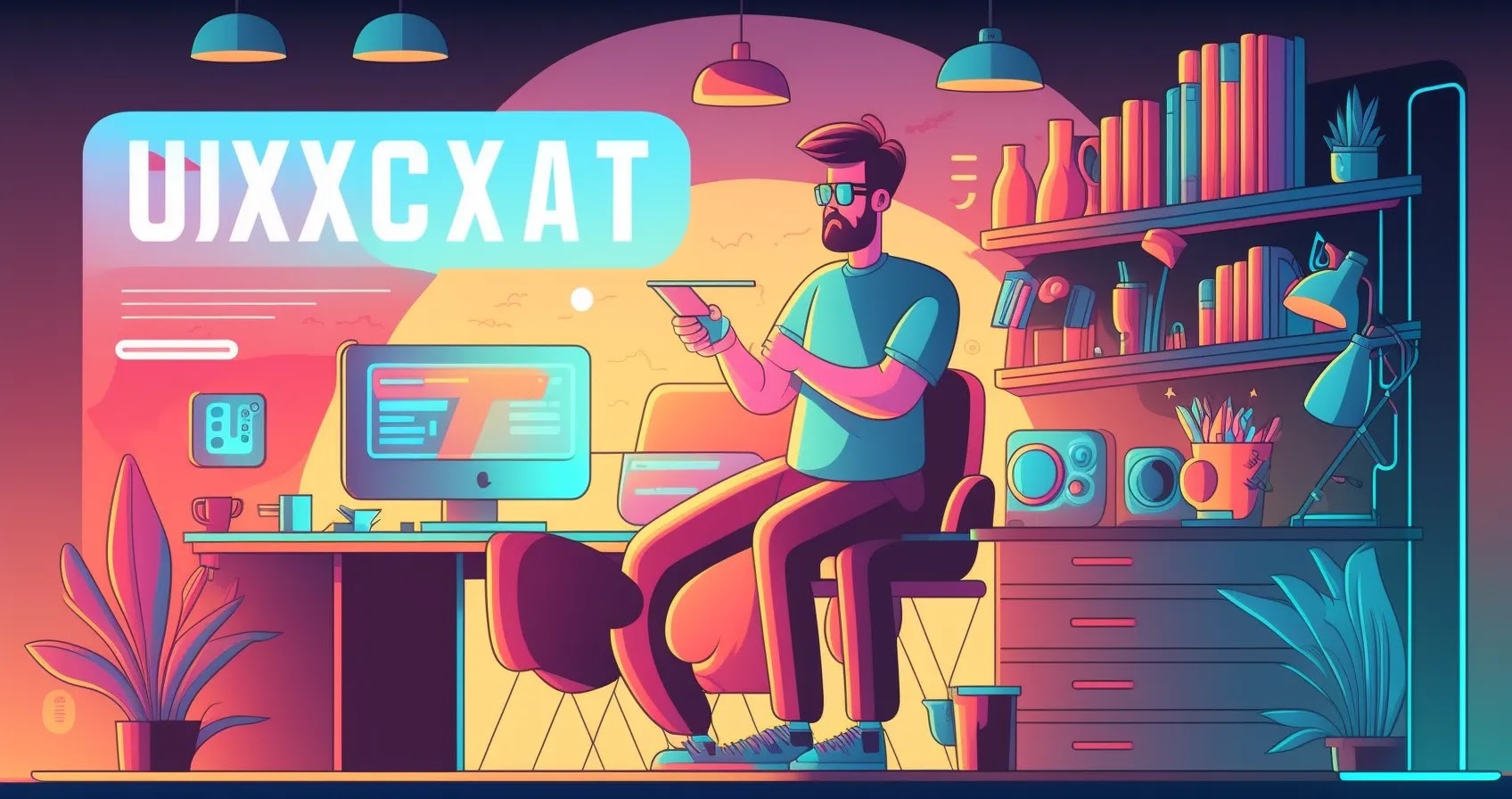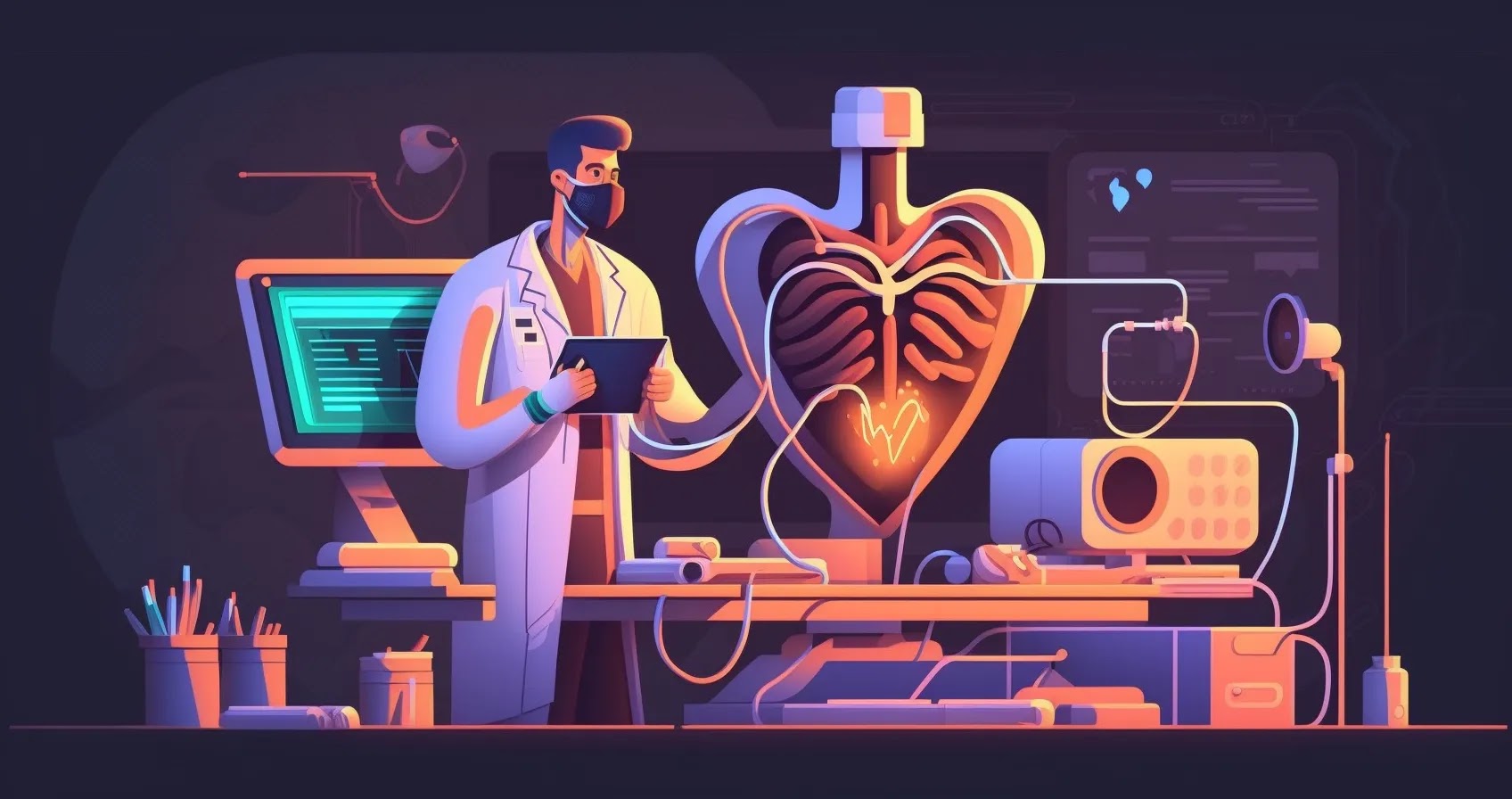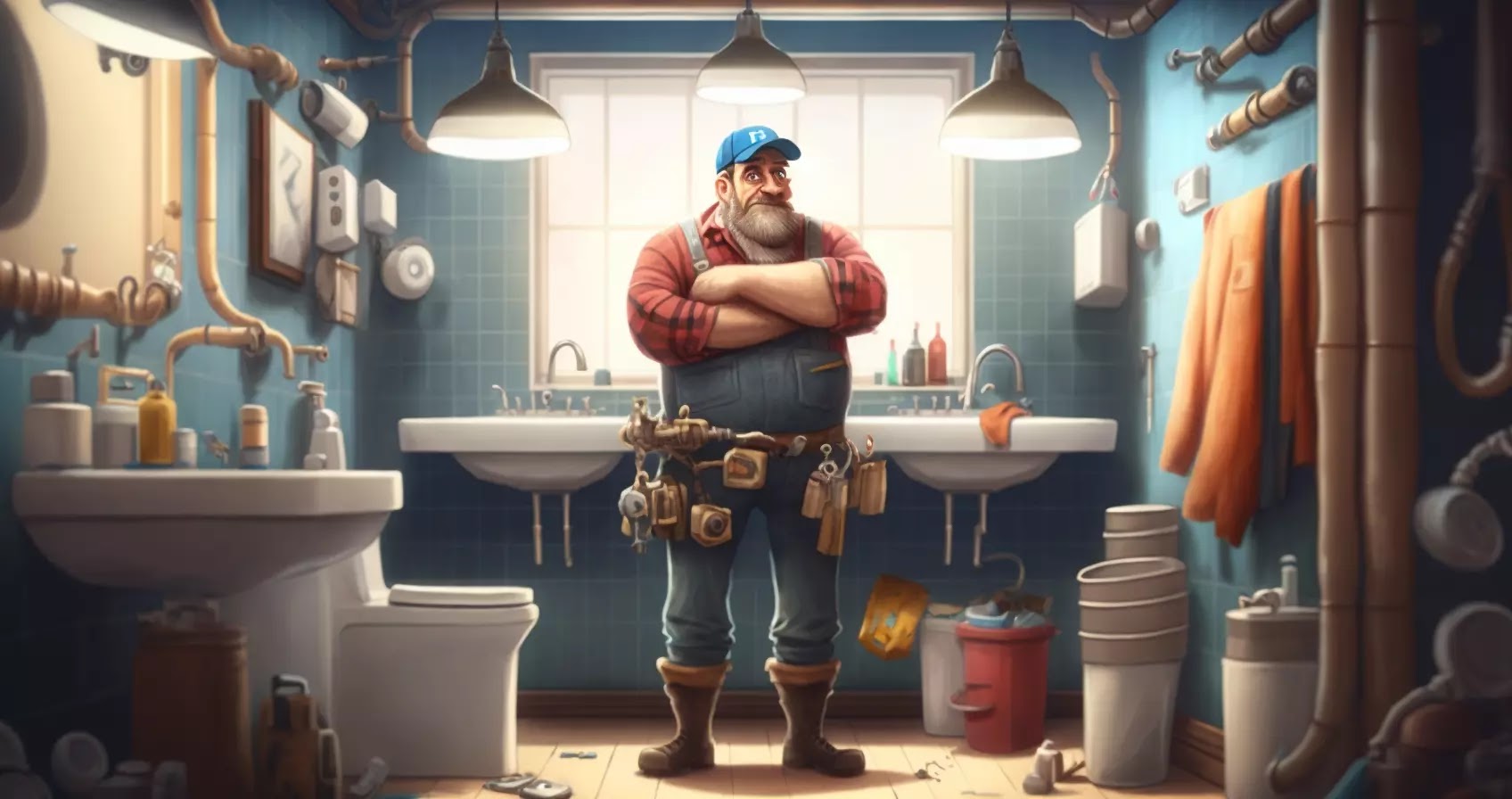As a UX (User Experience) Designer, you will be responsible for creating design solutions that enhance user satisfaction and provide a positive experience for website or application users.
Your job will involve a combination of technical and creative skills, including an understanding of user behavior, design principles, and software development processes.

Reasons why you should become a UX Designer
- High demand in the job market: UX design is a rapidly growing field, and there is a high demand for skilled UX designers in the job market.
- Lucrative salary: UX design is a highly paid profession, with an average salary of around $80,000 per year.
- Opportunity for creativity: UX design provides an opportunity to exercise your creativity and problem-solving skills, as you work to create intuitive and visually appealing designs.
- Chance to make a difference: As a UX designer, you will have the opportunity to create products and experiences that make a positive impact on people’s lives.
Career path of a UX Designer
To become a UX designer, you will typically need a bachelor’s degree in design, computer science, or a related field.
After completing your degree, you can start your career as a UX designer, where you will be responsible for designing user interfaces, conducting user research, and collaborating with development teams.
As you gain more experience, you can advance to roles such as senior UX designer, UX manager, or product manager.
Career development for a UX Designer
As a UX designer, there are several ways to advance your career. You can pursue additional certifications or training in areas such as user research, interaction design, or usability testing.
You can also seek leadership roles within your organization, or start your own UX design consulting business.
Requirements for becoming a UX Designer
- To become a UX designer, you will need a combination of technical and creative skills. Some of the key skills required for this job include:
- Proficiency with design software such as Sketch, Adobe XD, or Figma
- Strong understanding of user research and usability testing
- Knowledge of design principles and best practices
- Excellent communication and collaboration skills
Interview preparation for a UX Designer
To prepare for a UX designer interview, it’s important to showcase your design skills and your ability to think critically about user needs.
You should be prepared to discuss your design process, provide examples of your work, and describe how you have solved complex design problems in the past.
Work-life balance for a UX Designer
As a UX designer, you will typically work in an office setting, either as part of an in-house design team or as a consultant. The work hours are usually standard business hours, with occasional overtime required to meet project deadlines.
A day in the life of a UX Designer
Here is an example of what a day in the life of a UX designer might look like:
| Time | Task |
|---|---|
| 9:00 AM | Check email and review project status |
| 10:00 AM | Conduct user research and usability testing |
| 12:00 PM | Lunch break |
| 1:00 PM | Meet with development team to discuss design solutions |
| 3:00 PM | Work on wireframes and mockups for new feature |
| 5:00 PM | Wrap up work for the day and plan for tomorrow’s tasks |
Wrapping up
Becoming a UX designer is an excellent choice for anyone with a passion for design and an interest in creating products that enhance user satisfaction.
With high demand in the job market, a lucrative salary, and opportunities for creativity and career development, this profession offers a rewarding and fulfilling career path.










